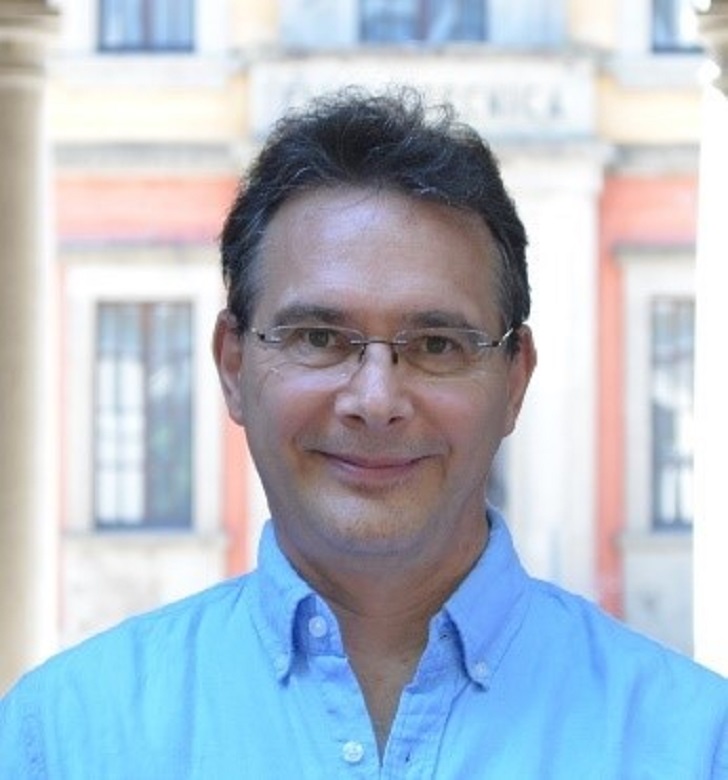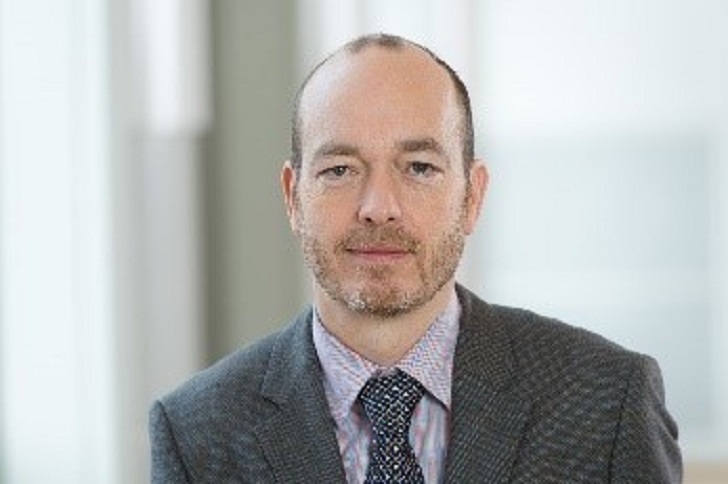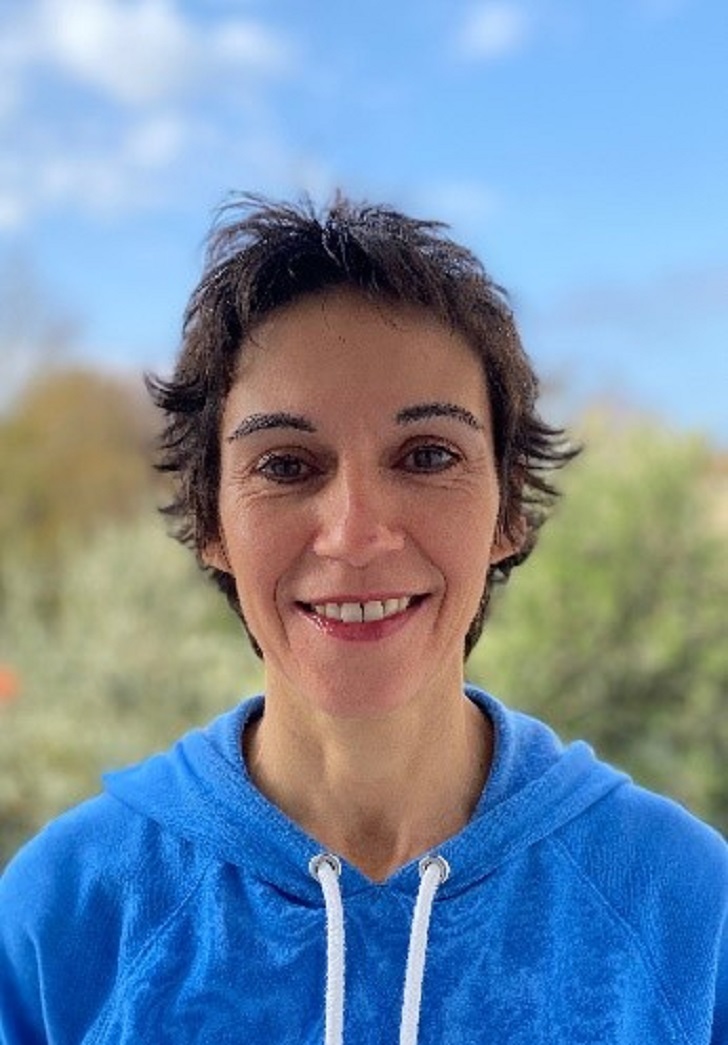


Paolo Colombo holds a degree in Chemical Engineering and a diploma in Glass Engineering, both from the University of Padova, and has worked in the field of ceramics for 30 years. He was an Assistant Professor at the University of Padova before moving to the University of Bologna as an Associate Professor. He then returned to the University of Padova as a Professor of Materials Science and Technology, in the School of Engineering, Department of Industrial Engineering. He is also an Adjunct Professor of Materials Science and Engineering at the Pennsylvania State University, and a Visiting Professor in the Department of Mechanical Engineering of University College London. He was a Fulbright Visiting Scholar at the Pennsylvania State University, a Foreign Scientist at INSA, Lyon, France, and a DGF Mercator Professor at the Technical University Bergakademie Freiberg, Germany. He is an Academician of the World Academy of Ceramics, an Academician of the European Academy of Sciences, a Fellow of the American Ceramic Society, a Fellow of the Institute of Materials, Minerals and Mining and a Fellow of the European Ceramic Society.
He has published more than 250 papers in peer-reviewed journals, 9 book chapters and holds 10 international patents. He is co-editor of a book on cellular ceramics, a book on polymer-derived-ceramics and 11 proceedings books.
Besides being the Editor-in-Chief of Open Ceramics, he is in the editorial board of 6 other international scientific journals.
Paolo Colombo’s research interests include novel processing routes to porous glasses and ceramics (currently focusing mainly on Additive Manufacturing, using different technologies), the development of ceramic components from preceramic polymers and geopolymers, and the vitrification and reuse of hazardous industrial and natural waste. His laboratory runs 8 different AM printers, enabling 3D manufacturing of ceramics from the sub-micron scale to the meter scale.
Jens Günster is head of division "Ceramic Processing and Biomaterials" at the Federal Institute for Materials Research and Testing (BAM) in Berlin, and a professor for Advanced Ceramics at Clausthal University of Technology. He graduated from Clausthal University of Technology with a degree in physics. He has worked as an Alexander von Humboldt Fellow at NIMS in Tsukuba, Japan, and as a postdoctoral fellow at Texas A&M, USA, in the field of surface chemistry. He returned to Clausthal University of Technology as a research assistant at the chair of Engineering Ceramics, where he received his Venia Legendi in Materials Physics. He was member of the International Center for Young Scientists ICYS at NIMS and worked as laser and glass specialist for Oerlikon Solar in Switzerland. His current research interests include functional materials, laser processing and additive manufacturing of ceramics.
Catherine Elissalde obtained her Ph.D in Material Science from University of Bordeaux (1994) and joined Penn State University for a post-doctoral fellowship with Prof. L.E. Cross in 1995. She is currently senior researcher at the Institute for Condensed Matter Chemistry of Bordeaux (ICMCB-CNRS). For 15 years, her research interests have focused on the study of structure-microstructure-properties relationships in ferroelectric and piezoelectric ceramic materials. She has developed a thematic focused on the design of functional multi-materials at the nano and microscale based on spark plasma sintering and the characterizations of the nano/microstructure by 3D imaging techniques. Her current research aims at developing interdisciplinary approaches combining wet chemistry and unconventional sintering processes including low temperature sintering processes. It aims to understand size, strain and interface effects in electroceramics. She is a member of International Advisory Board of Electroceramics Conferences and was awarded the title of Fellow of ECerS in 2019.
2. Congratulations on the new journal Open Ceramics. Can you tell us a bit more about your goals for this journal?
Our goal for the journal is to make it a valuable, additional resource for the ceramic community at large, complementing the publishing opportunity provided by its sister journal, the Journal of the European Ceramic Society (JECS), published by Elsevier under the auspices of the JECS Trust and ECerS. In this framework, profits from the journal will support ceramics research and other activities through the JECS Trust, as is already the case with JECS. Being a Gold Open Access journal, Open Ceramics aims to respond to the growing interest and need for this type of publication opportunity that is growing around the world, and especially in Europe.
In comparison to JECS, the scope of this journal is much broader, encompassing a very wide range of topics ranging from raw materials, powders, fibres, coatings, to sintered components, and porous or compacted bodies. The journal could be seen as an open space dedicated to the different fields of activity within the ceramic community as a whole, promoting interactions by merging multidisciplinary knowledge and specific know-how. Furthermore, the results of experimental research leading to advances in science and/or technology are all within the scope of the journal. Besides papers dealing with advanced ceramic materials and components, we will also publish papers dealing with traditional ceramics, conservation, art, and historical perspectives as well as inorganic binder systems.
3. You mentioned that this journal will publish the results relating to all classes of ceramic materials. Are you looking for submissions in any particular area?
We will target areas that are not accepted for publication in JECS, such as amorphous materials, particulates - nanostructures, catalysts and pigments, cements and geopolymers, cermets and also applications of ceramic science to recycling and the solution of other technological problems. We will strive to generate Special Issues, with appropriate Guest Editors who are leaders in their field, that will collect papers on specific topics. For 2020, we are planning to have a special issue on Additive Manufacturing, and a Special Issue on Geopolymers. Furthermore, we will try to attract manuscripts targeting areas of particular interest due to their broad societal impact, such as Industry 4.0, Circular Economy, Sustainability and Up-cycling, Health care, and Technology-based solutions addressing some of the challenges facing the developing world and under privileged communities.
4. Open Ceramics is a new Open Access journal- where do you see this journal sitting in the ceramics publishing environment?
The publication of Open Ceramics will improve retention of the well-cited, broad interest papers that either cannot presently find a home within JECS, due to its focus on mainly crystalline, bulk and continuous film ceramics consolidated at high temperature.
The emphasis for our journal is on emerging science and/or technological developments highlighting the relationships between processing, microstructure and properties of ceramics, glasses and other non-metallic inorganic materials, as well as their synthesis, manufacture and applications.
Open Ceramics also provides a Gold Open Access publication route as an alternative to the traditional hybrid model of JECS. The combination of open access, direct funding of ceramics activities with the profits and partnership with the top ranked traditional ceramics journal is unique. The intention is to grow the new journal over time to be the open access equivalent of JECS.
5. Do you have any suggestions and experience you would like to share with the researchers who might want to submit to Open Ceramics? What advice would you like to share with potential reviewers for the journal?
The advice we would give to researchers who might want to submit to Open Ceramics is to take advantage of the very broad scope of scientific and technological areas that are deemed suitable for publication, especially considering that other journals have a narrower focus, often leading to manuscripts being rejected by the editor as out of scope.
The advice we would give to the reviewers that will generously serve the scientific community and the journal by donating their time and expertise to evaluate the manuscripts submitted to Open Ceramics is to treat them as any other manuscript that arrives for reviewing on their desk. What we mean is that, often, there is the perception that, since someone is going to pay for the publication, then this is an easy way for having data of limited interest or quality published. This won’t be the case for Open Ceramics, where attention will be given to maintain the same quality standards that have made its sister journal, JECS, the leader in the field.




